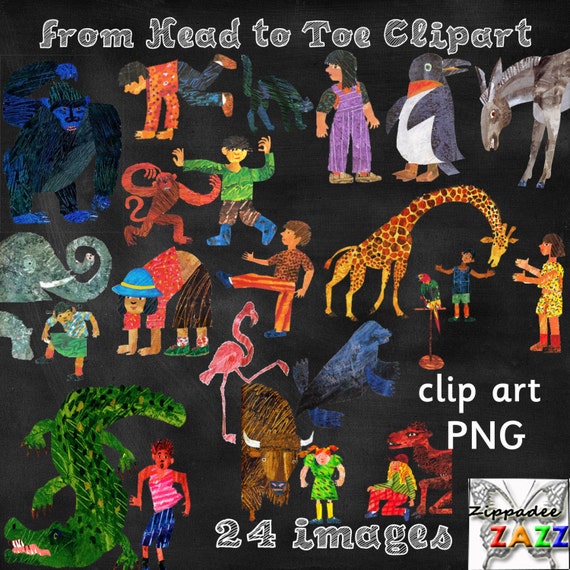
“Too much, too soon,” comes to my mind when I look at an overloaded picture book. But as I grew older, I realized that I hadn’t been alone and that even today children battle with this problem. Of course I wasn’t brave enough to raise my hand and ask my teacher to do this.

Somehow I knew that I could understand better if the teacher would rephrase, shorten, or simplify the lesson or problem to be solved. Why? As a schoolboy, I was often overwhelmed by the wordiness of a lesson or the complexity of a problem.

Simplicity of expression is one such concept. The inside is a tear, a chuckle, a flutter of the heart, or perhaps a haunting memory of a long-ago emotion or insight that persists, reaching back into my own childhood.īut how does this apply to a simple picture book like From Head to Toe? Some inside concepts pervade all my books for children, including this one. The eruption of a volcano is also sudden, but that which has preceded it has been slow, deliberate and unstoppable. Some outside event may seem to have caused an idea to burst into sudden bloom-but really the seed was planted much earlier and had been growing quietly inside my psyche for a long time.

I hear people say things like: “As I watched the sunset, I suddenly had an idea.” I wish it were that easy for me. This can appear to have happened suddenly. A deep internal emotion may push its way to the top to be framed and put into words, colors or music. The outside may be an intellectual process or a quick, superficial impression that pushes a submerged emotion to the surface.

No doubt, what is outside and what is inside are the basic elements in constructing a story, in creating a painting, or in composing a piece of music. I found that to be a fairly accurate and perceptive assessment. One child, who wrote to me, asked this question, then went on to tell me that ideas come from both your outside and your inside. “Where do ideas come from?” is an often-asked question that cannot be easily answered.


 0 kommentar(er)
0 kommentar(er)
